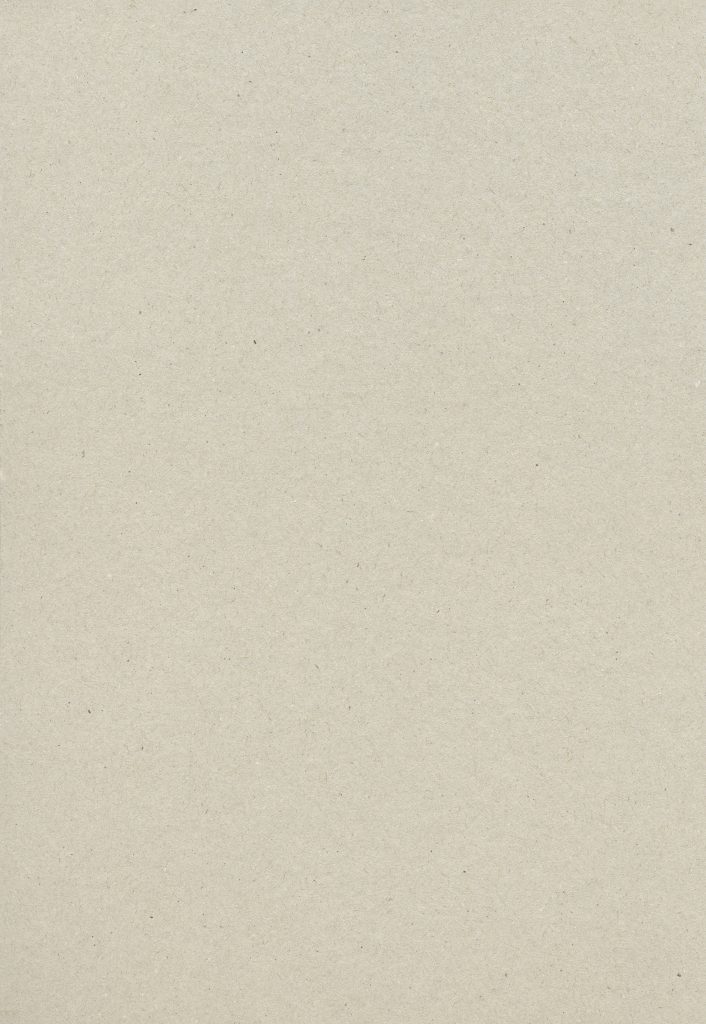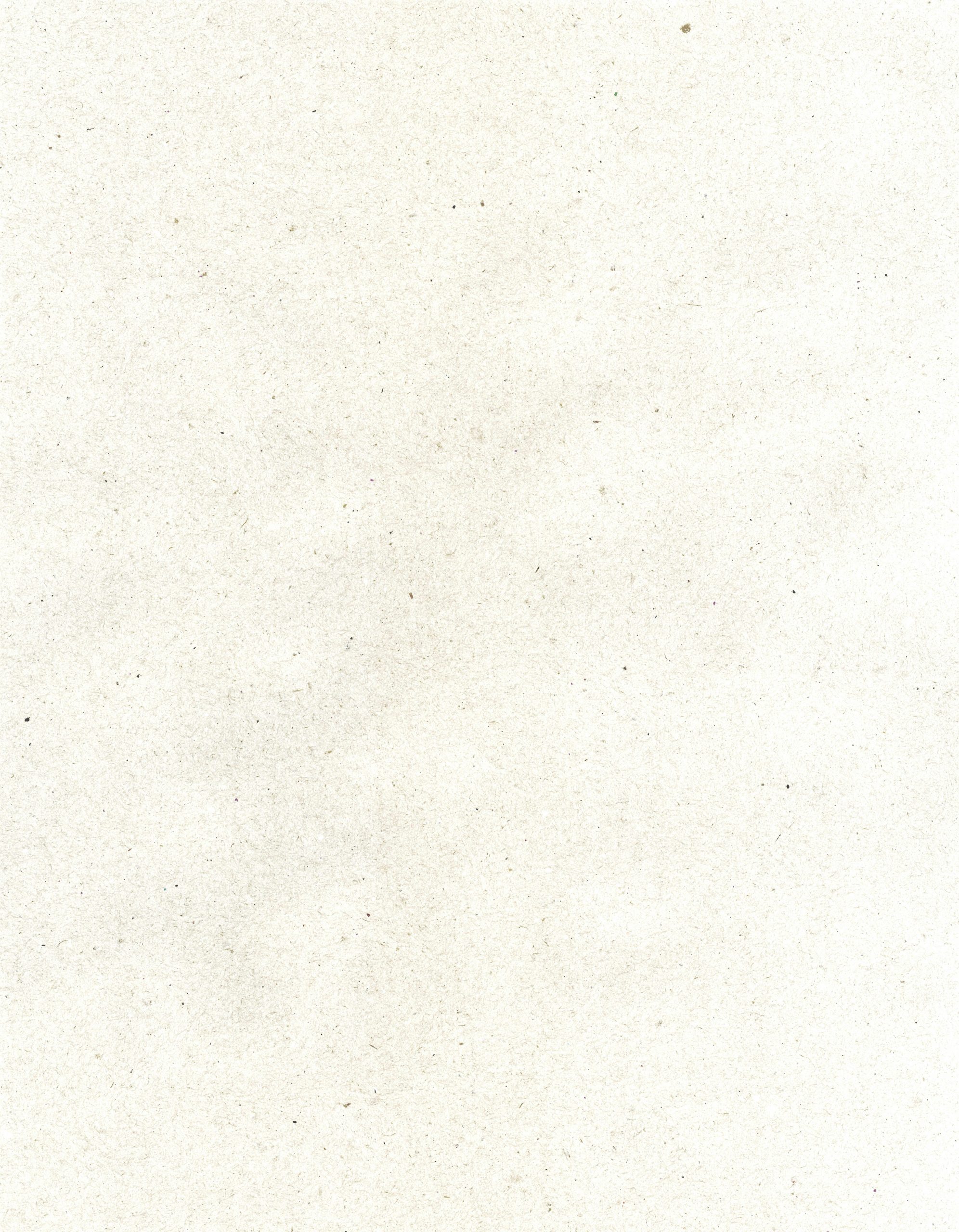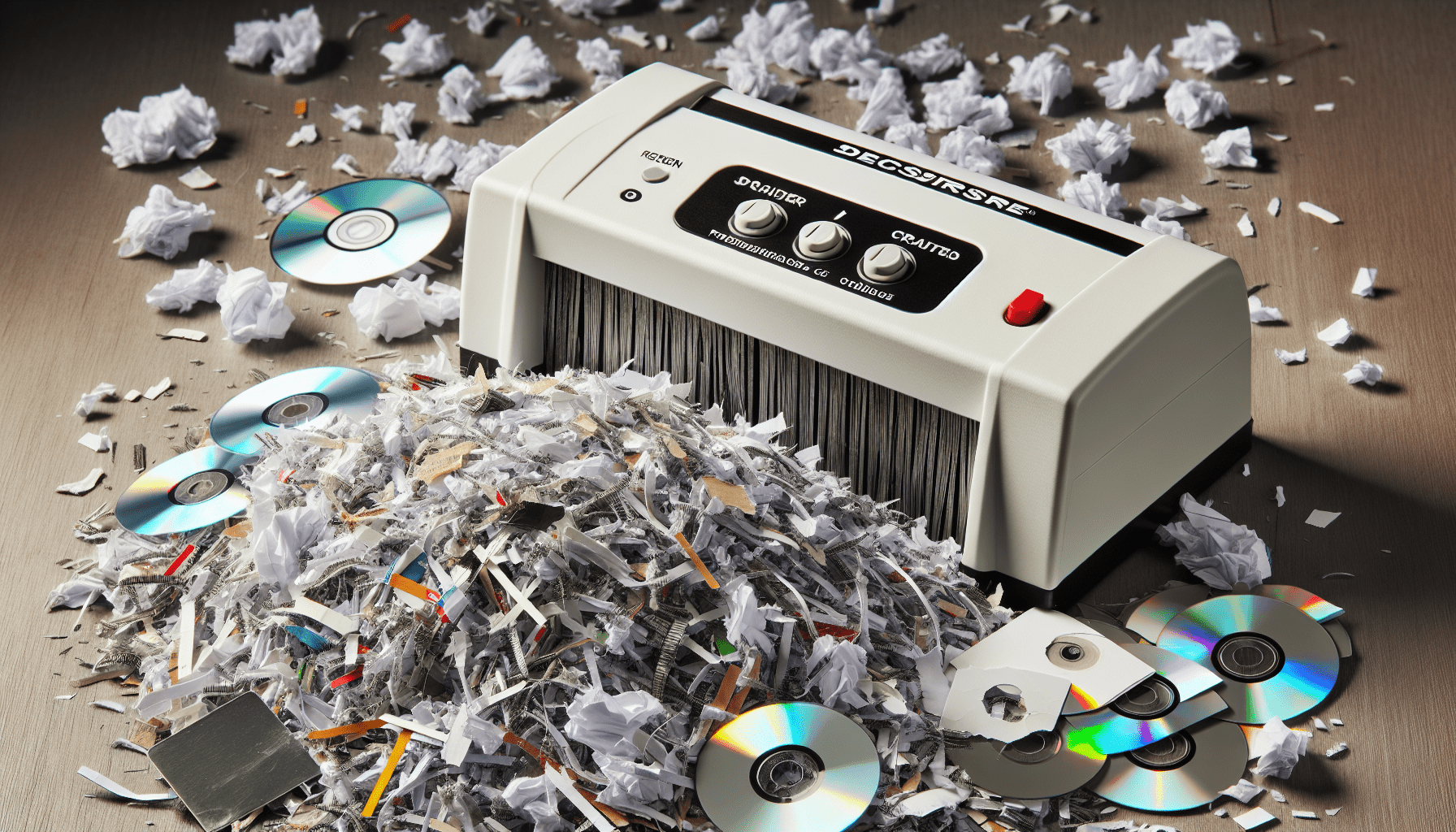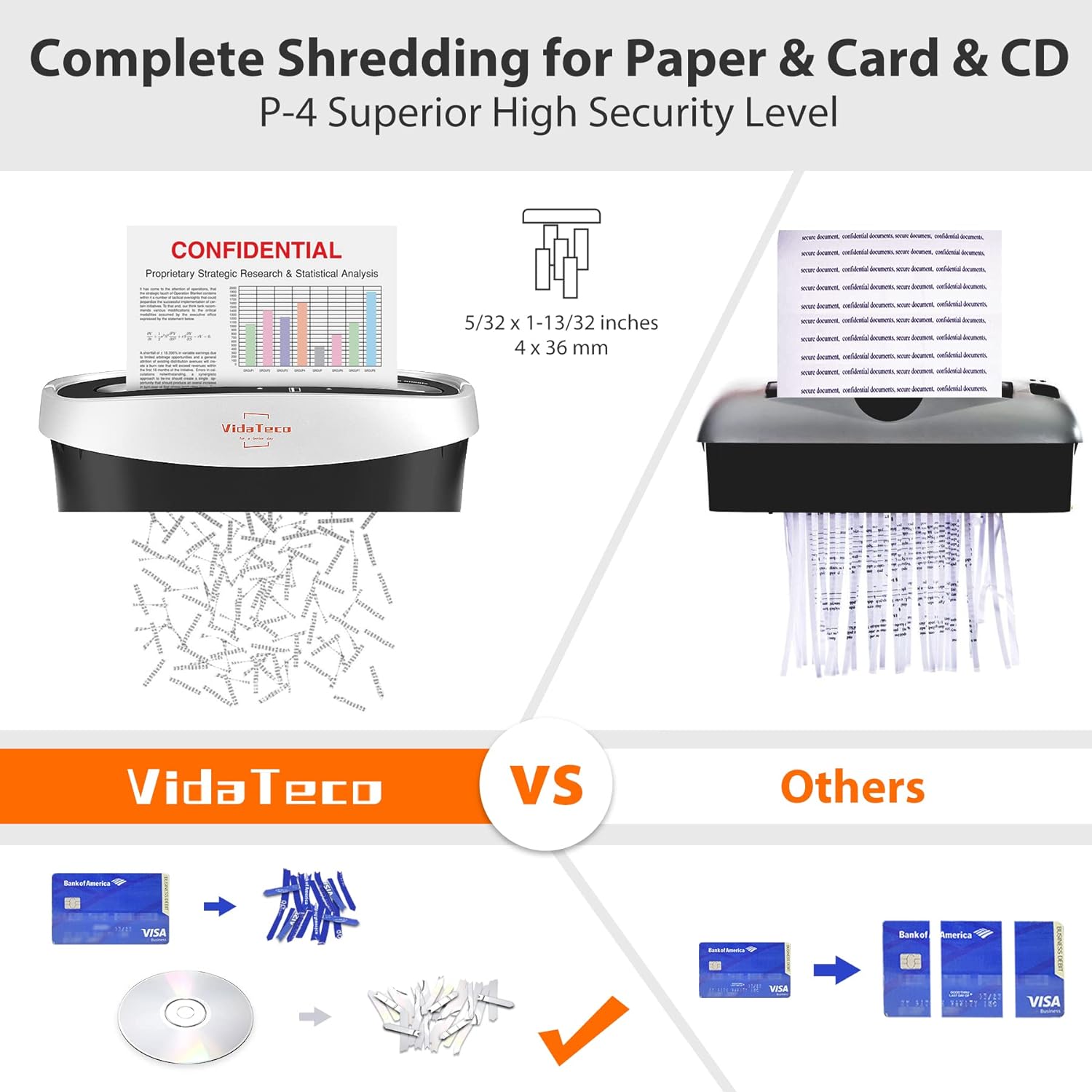If you’ve ever found yourself in a situation where you need to securely dispose of sensitive documents but don’t have access to a shredder, you may be wondering: How do you shred paper without a shredder? Thankfully, there are a few simple and effective methods you can try to ensure your personal information remains confidential. From tearing the paper into tiny pieces to using household items like scissors or a blender, this article will guide you through the process of shredding paper without the need for a dedicated shredder.
Methods of Shredding Paper Without a Shredder
If you find yourself needing to shred paper but don’t have access to a shredder, don’t worry! There are several methods you can try that are both effective and convenient. Whether you need to dispose of sensitive documents or simply want to repurpose old paper, these methods will come in handy. In this article, we will explore ten different ways to shred paper without a shredder, including tearing by hand, cutting with scissors, ripping along the grain, soaking the paper, using a blender, burning the paper, composting the paper, employing a handheld grater, using a hammer, and freezing and crumbling. Let’s dive in and discover the ins and outs of each method!
1. Tearing by Hand
Benefits of Hand Tearing
Tearing paper by hand is the most basic and readily available method of shredding paper. It requires no special tools and can be done anywhere. One of the key advantages of tearing paper by hand is that it ensures a higher level of security as the torn paper pieces are irregular in shape and size, making it difficult for anyone to reconstruct the original document.
Steps to Tear Paper by Hand
To tear paper by hand, start by holding the paper securely with one hand. Then, use the other hand to tear the paper in small, random pieces. You can vary the tearing patterns, creating strips, squares, or even confetti-like pieces depending on your preference. Remember to take your time and consider tearing the paper in different directions to make it more challenging for someone to piece it back together.
Disadvantages of Hand Tearing
While hand tearing is a convenient method, it may not be suitable for large quantities of paper. It can be time-consuming and tiresome if you have a significant amount of paper to shred. Additionally, if the paper is thick or has a glossy finish, tearing it by hand may be more challenging and result in uneven pieces. In such cases, it may be worth considering alternative methods for shredding.

2. Cutting with Scissors
Advantages of Cutting with Scissors
If tearing by hand is not practical for you, cutting paper with scissors is another excellent option. Cutting allows for more precise shredding and is particularly useful when dealing with thicker or textured paper. It also provides a greater level of control over the size and shape of the shredded pieces.
Process of Cutting Paper with Scissors
To shred paper using scissors, begin by ensuring you have a sturdy pair of scissors with sharp blades. Hold the paper firmly in one hand and carefully cut along different directions, creating strips or squares. The size of the shredded pieces will depend on your preference and the purpose for shredding the paper.
Limitations of Using Scissors to Shred Paper
While cutting with scissors offers greater precision, it may still be time-consuming for large quantities of paper. It can also strain your hands and fingers, especially if the paper is thick or difficult to cut. Additionally, the noise created by scissors may not be ideal if you need a quiet environment for shredding. Therefore, it’s essential to consider your specific needs before choosing this method.
3. Ripping Along the Grain
Understanding the Grain Direction
When tearing or cutting paper, it’s important to consider the grain direction. The grain refers to how the fibers of the paper are aligned during the manufacturing process. Most paper will have a grain, which can be either horizontal or vertical. The grain direction affects the paper’s flexibility and ease of tearing.
Advantages of Ripping Along the Grain
Ripping along the grain is a technique that takes advantage of the natural structure of the paper. By ripping in the same direction as the grain, you can achieve cleaner and more consistent tear lines. This method is particularly useful when tearing thicker or more challenging paper types, such as cardstock or cardboard.
Procedure for Ripping Paper Along the Grain
To rip paper along the grain, start by identifying the grain direction. Hold the paper parallel to the grain direction and gently apply pressure to create a small tear at one end. Then, carefully pull the torn edge towards you, keeping it aligned with the grain. If done correctly, the tear should follow a straight line along the grain, making it easier to control the size and shape of the shredded pieces.
Drawbacks of Ripping Along the Grain
While ripping along the grain can yield cleaner tears, it may not be suitable for all types of paper. Some thinner or heavily processed papers may not have a distinct grain, making it challenging to achieve the desired tear. It is also worth noting that ripping along the grain may result in longer shreds, which may not be ideal for individuals seeking to maximize security.

4. Soaking the Paper
Benefits of Soaking Paper
Soaking paper is an effective way to weaken its structure, making it easier to tear into smaller pieces. This method is particularly useful for disposing of sensitive documents that you want to ensure are destroyed beyond recognition. Additionally, soaking the paper can help remove ink and other contaminants, making it more suitable for recycling or composting.
Steps to Soak and Tear Paper
To soak and tear paper, begin by filling a container or basin with enough water to fully submerge the paper. Place the paper in the water, ensuring it is completely soaked. Allow the paper to soak for at least 30 minutes or until it becomes soft and pliable. Once soaked, remove the paper from the container and gently tear it into smaller pieces. By tearing the wet paper, you can achieve more uniform results with less effort.
Considerations When Soaking Paper
It’s important to note that soaking paper can be a time-consuming process, especially if you have numerous documents to shred. Additionally, make sure to dispose of the shredded paper properly to prevent clogging drains or causing drainage issues. If you plan to compost the soaked paper, be aware of any inks or non-compostable materials that may be present on the paper before adding it to your compost pile.
5. Using a Blender
Advantages of Using a Blender
Using a blender is a quick and efficient method to shred paper, especially when dealing with small to medium-sized quantities. It allows you to achieve finely shredded paper suitable for recycling, crafting, or composting. Additionally, blending can help to break down paper fibers, ensuring a higher level of security.
Blender Shredding Process
To shred paper using a blender, start by cutting or tearing the paper into smaller pieces. Ensure that the paper is no larger than the blender’s capacity to avoid damaging the blades. Fill the blender halfway with water and add the paper pieces. Blend the mixture on low or pulse mode until the paper is fully shredded. Once shredded, drain the water and separate the paper pieces, allowing them to dry before using or disposing of them.
Precautions to Take When Using a Blender
Using a blender for paper shredding requires caution. Always ensure that the blender is clean and free of any food residue before shredding paper. Avoid overfilling the blender to prevent damaging the blades or motor. It’s also important to monitor the blending process closely to avoid excessive heat buildup, which could potentially damage the blender. As with any electrical appliances, follow the manufacturer’s guidelines and exercise safety measures.
6. Burning the Paper
Safety Precautions
Burning paper is an effective method to permanently destroy sensitive documents, but it carries potential fire hazards. Before attempting to burn paper, ensure you are in a safe and well-ventilated area, such as an outdoor space. Keep a fire extinguisher or water source nearby in case of emergencies. Follow all local fire regulations and restrictions, and be mindful of potential risks to yourself and the environment.
Steps to Burn Paper
To burn paper, first, select a safe and designated area such as a fire pit or non-flammable container. Gather the documents you wish to destroy, ensuring they are free of any non-combustible materials such as metal clips. Place a small stack of papers in the designated area and light them using a match or lighter. As the fire consumes the paper, continue adding additional stacks until all the documents are thoroughly burned.
Disadvantages of Burning Paper
While burning paper effectively destroys sensitive information, it may release harmful emissions into the atmosphere. The environmental impact of burning paper should be carefully considered, especially when dealing with large quantities. Additionally, burning paper may not be ideal for individuals living in apartments or areas where outdoor burning is restricted. Be sure to investigate local regulations and explore alternative methods if necessary.
7. Composting the Paper
Benefits of Composting
Composting paper not only helps to shred and dispose of it but also contributes to sustainable gardening practices. When paper breaks down in a compost pile or bin, it becomes a valuable source of carbon, ultimately enriching the soil and supporting plant growth. Composting paper is an environmentally friendly way to repurpose used paper while reducing waste.
Steps to Compost Paper
To compost paper, tear or cut it into smaller pieces, ensuring that there are no large clumps or glossy materials present. Layer the torn paper with other compostable materials, such as kitchen scraps or yard waste, in your compost bin or pile. Mix the materials occasionally to encourage decomposition and maintain proper moisture levels. Over time, the paper will break down, contributing to nutrient-rich compost that can be used in your garden.
Things to Avoid When Composting Paper
When composting paper, it’s important to avoid adding materials that can contaminate or hinder the composting process. Avoid using paper with colored ink or glossy coatings, as these can introduce harmful chemicals into your compost pile. Additionally, steer clear of any paper products that have been treated with chemicals or have non-compostable components, such as plastic windows on envelopes. By avoiding these materials, you can ensure a successful composting process.
8. Using a Handheld Grater
Advantages of a Handheld Grater
A handheld grater, typically used for grating vegetables or cheese, can also serve as a useful tool to shred paper. It allows for controlled shredding and produces finer paper shreds compared to tearing or cutting. This method is particularly suitable for smaller quantities of paper or when you require a specific texture for your shredded paper.
Shredding Paper with a Grater
To shred paper using a handheld grater, begin by selecting a grater with medium-sized holes or grating surfaces. Ensure the grater is clean and free of any food particles that may contaminate the paper. Hold the grater firmly and rub the paper against the grating surface in a back-and-forth motion. Apply gentle pressure to shred the paper into small, neat pieces. Repeat the process until you have shredded the desired amount of paper.
Potential Challenges of Using a Handheld Grater
While using a handheld grater is a viable option for shredding paper, it may not be suitable for larger quantities or thicker paper types. Grating paper can be time-consuming, especially when dealing with a significant amount of paper. Additionally, if the paper is too thick or has a glossy surface, it may be difficult to achieve a consistent shred size. Therefore, consider your specific needs before opting for this method.
10. Freezing and Crumbling
Freezing Paper Method
Freezing paper is an unconventional yet effective method that weakens the paper’s fibers, making it easier to crumble. This method is particularly suitable for individuals who prefer the tactile sensation of crumbling paper or those who want to add a unique texture to their crafts or art projects.
Crumbling Frozen Paper
To freeze and crumble paper, start by tearing or cutting it into smaller pieces. Place the paper pieces in a ziplock bag or airtight container and freeze them for several hours or overnight. Once frozen, remove the paper from the freezer and allow it to thaw slightly. The partially frozen paper will be more brittle and easy to crumble into smaller pieces. You can crumble the paper between your hands or use tools to achieve the desired texture.
Limitations of Freezing and Crumbling Method
While freezing and crumbling paper can be a creative and enjoyable method, it may not be suitable for all purposes. The resulting pieces may be irregular in shape and size, which may not meet certain shredding requirements. Additionally, freezing and crumbling paper may not provide the same level of security as other methods, as someone may still be able to piece together the shredded paper. Consider your specific needs and preferences when deciding on this method.
In conclusion, shredding paper without a shredder is entirely possible, thanks to various alternative methods. Whether you choose to tear, cut, soak, blend, burn, compost, grate, hammer, or freeze and crumble your paper, each method offers its own unique advantages and considerations. Remember to prioritize your specific needs, such as security, convenience, or environmental impact, when selecting the best method for shredding your paper. By exploring the techniques mentioned in this article, you can efficiently and effectively dispose of unwanted paper or repurpose it for various creative endeavors. Happy shredding!




